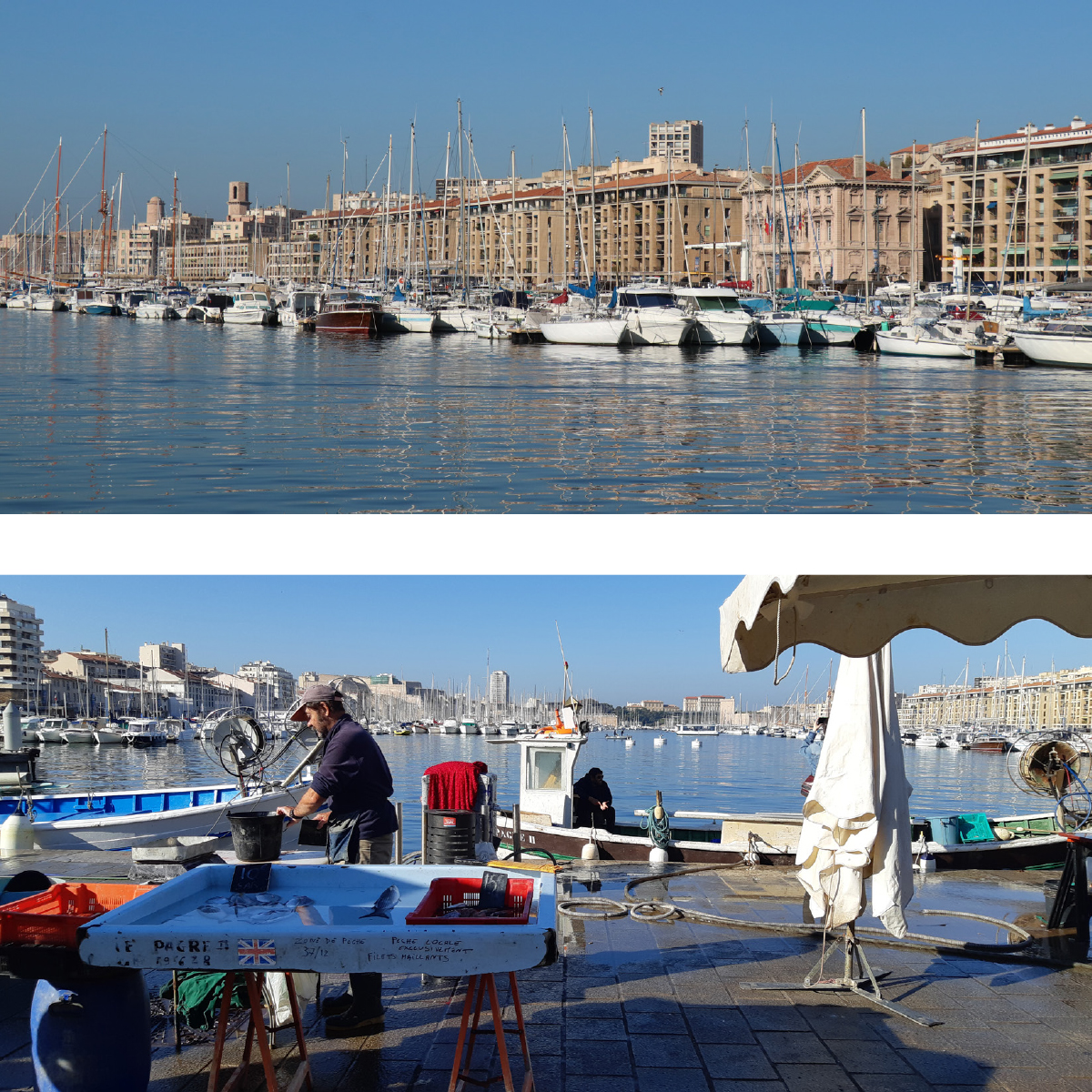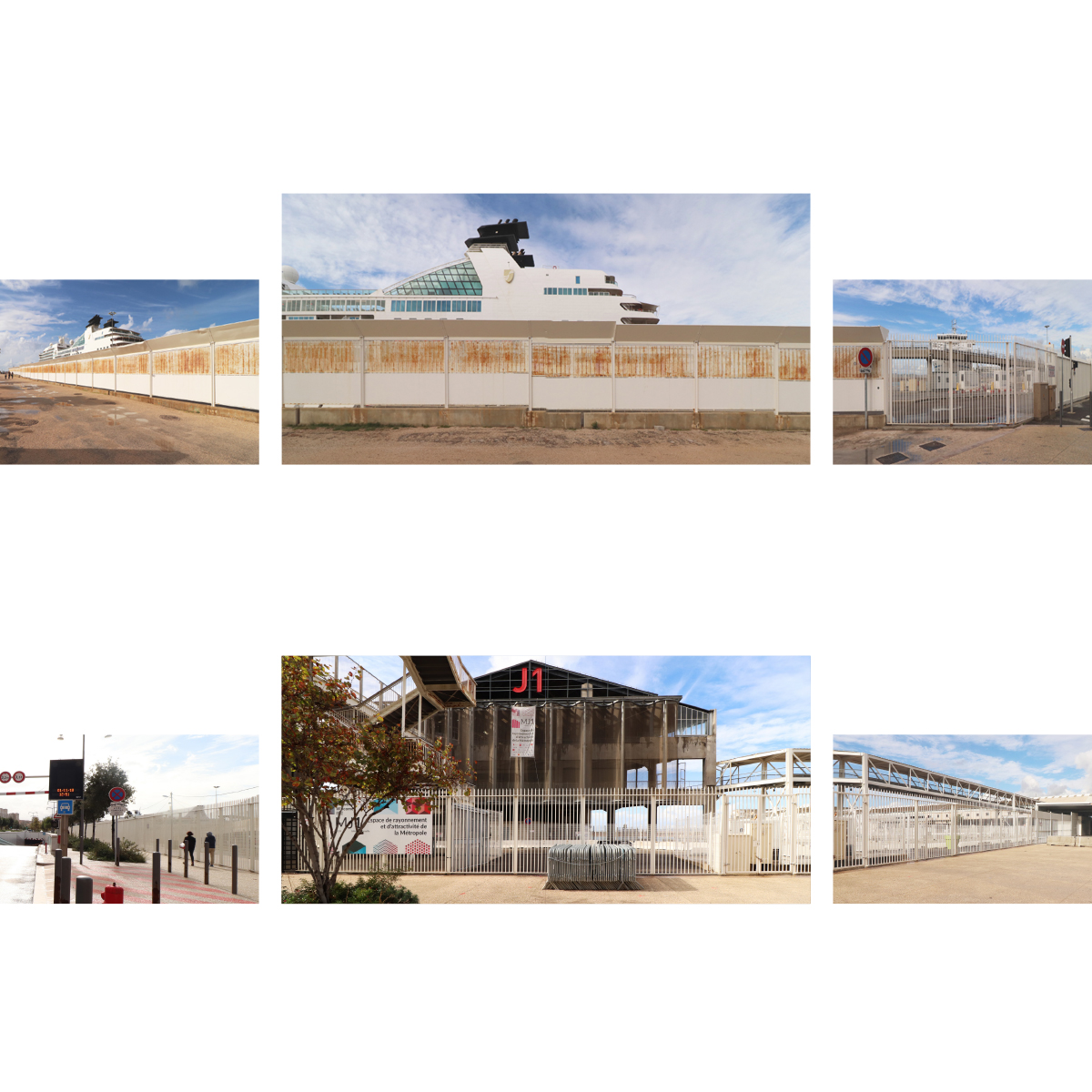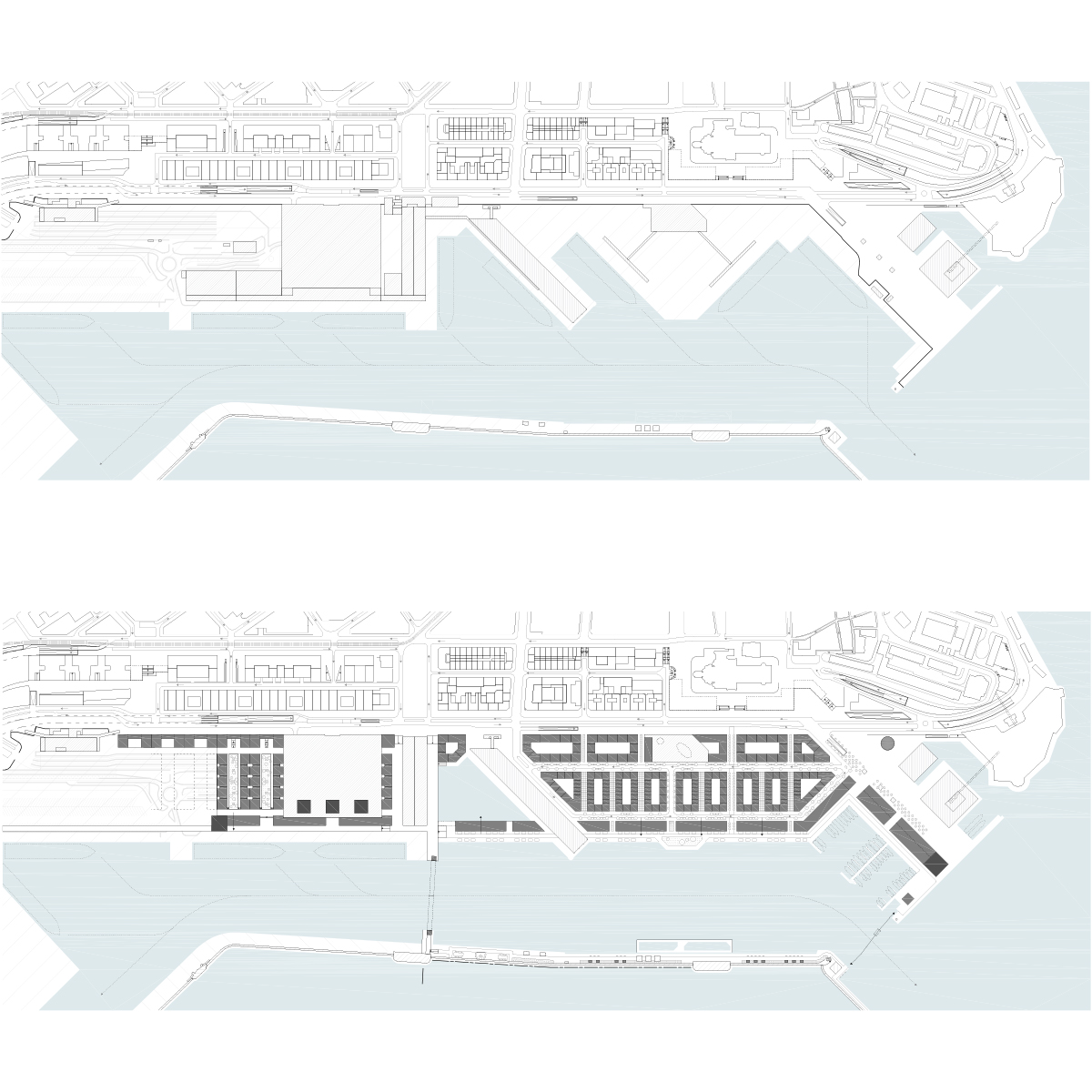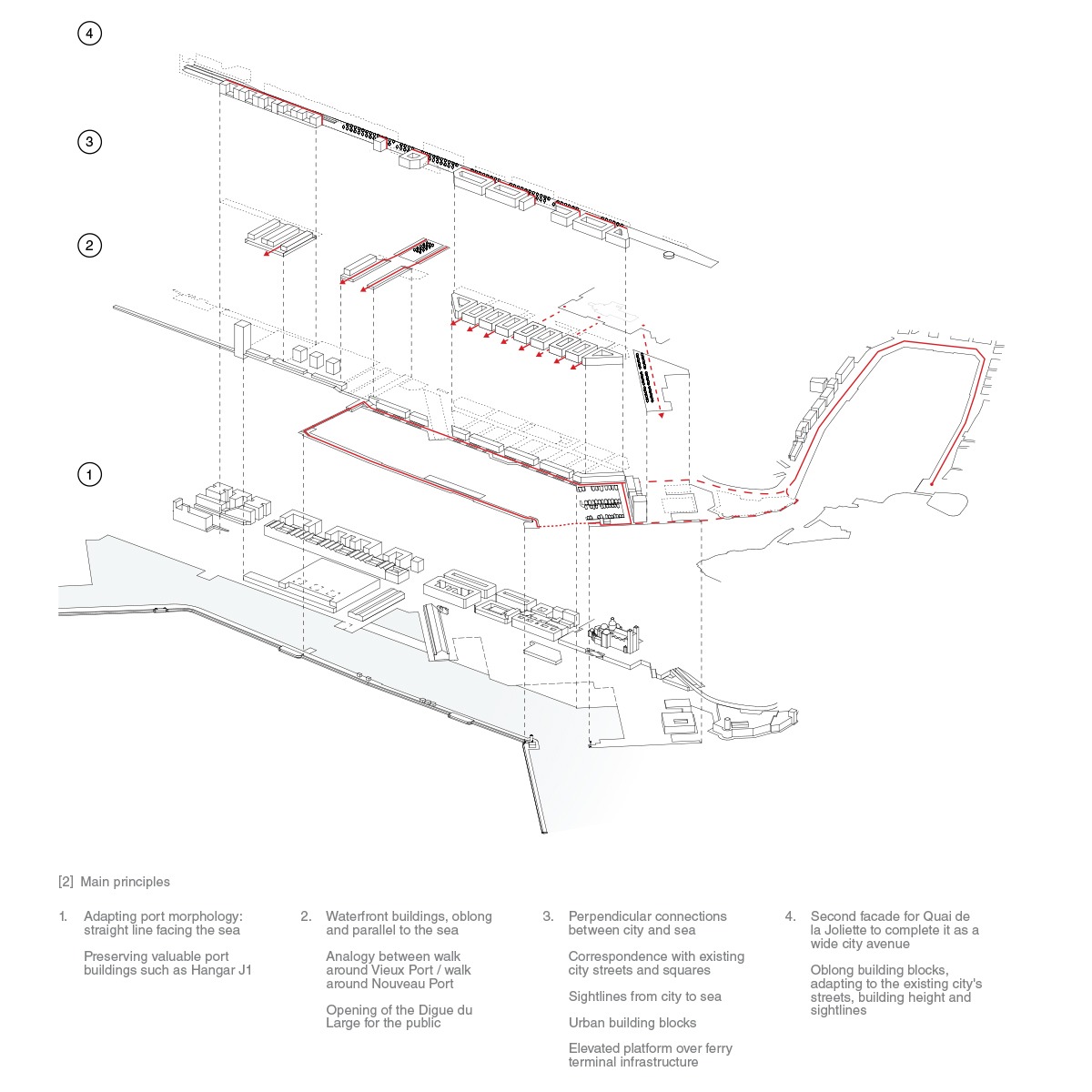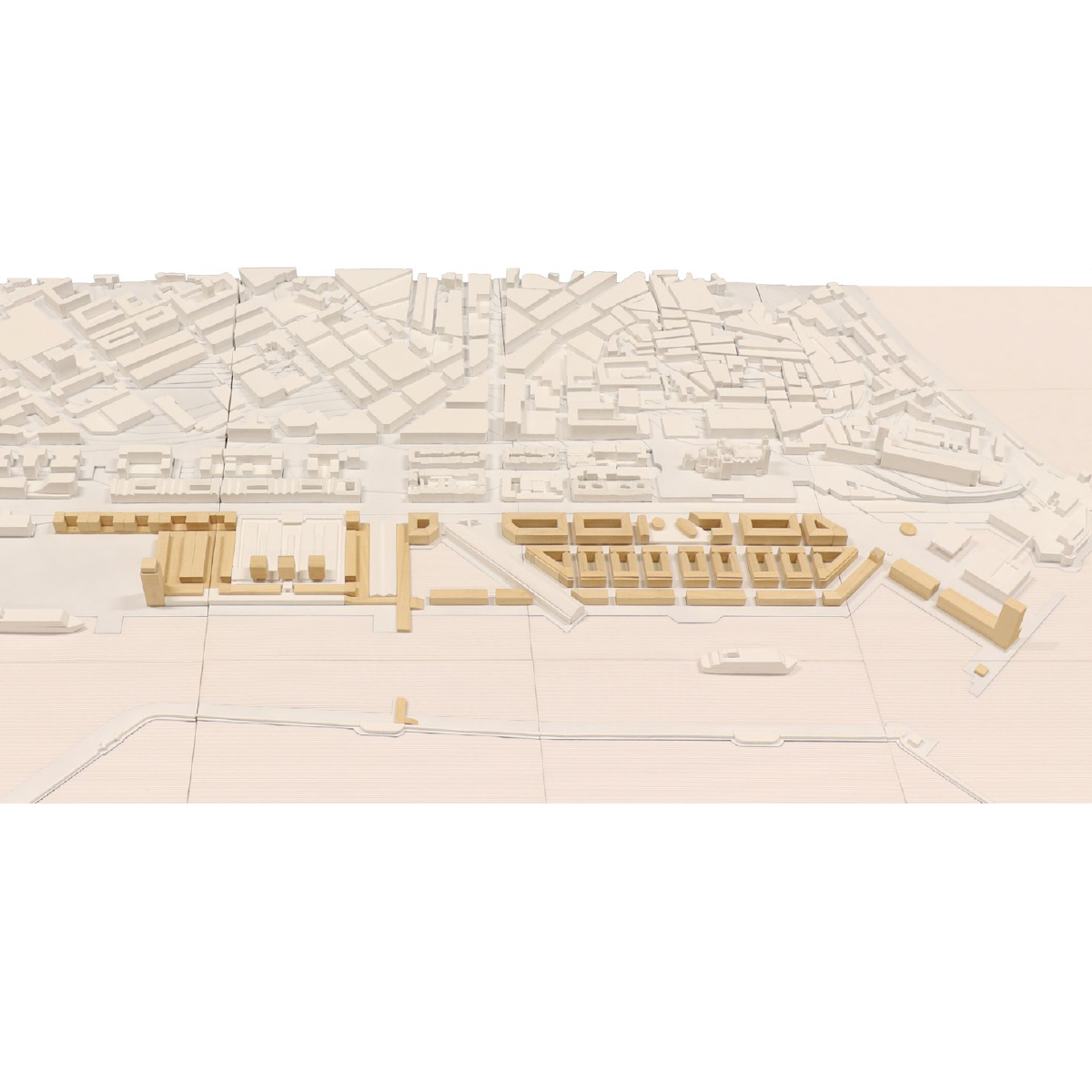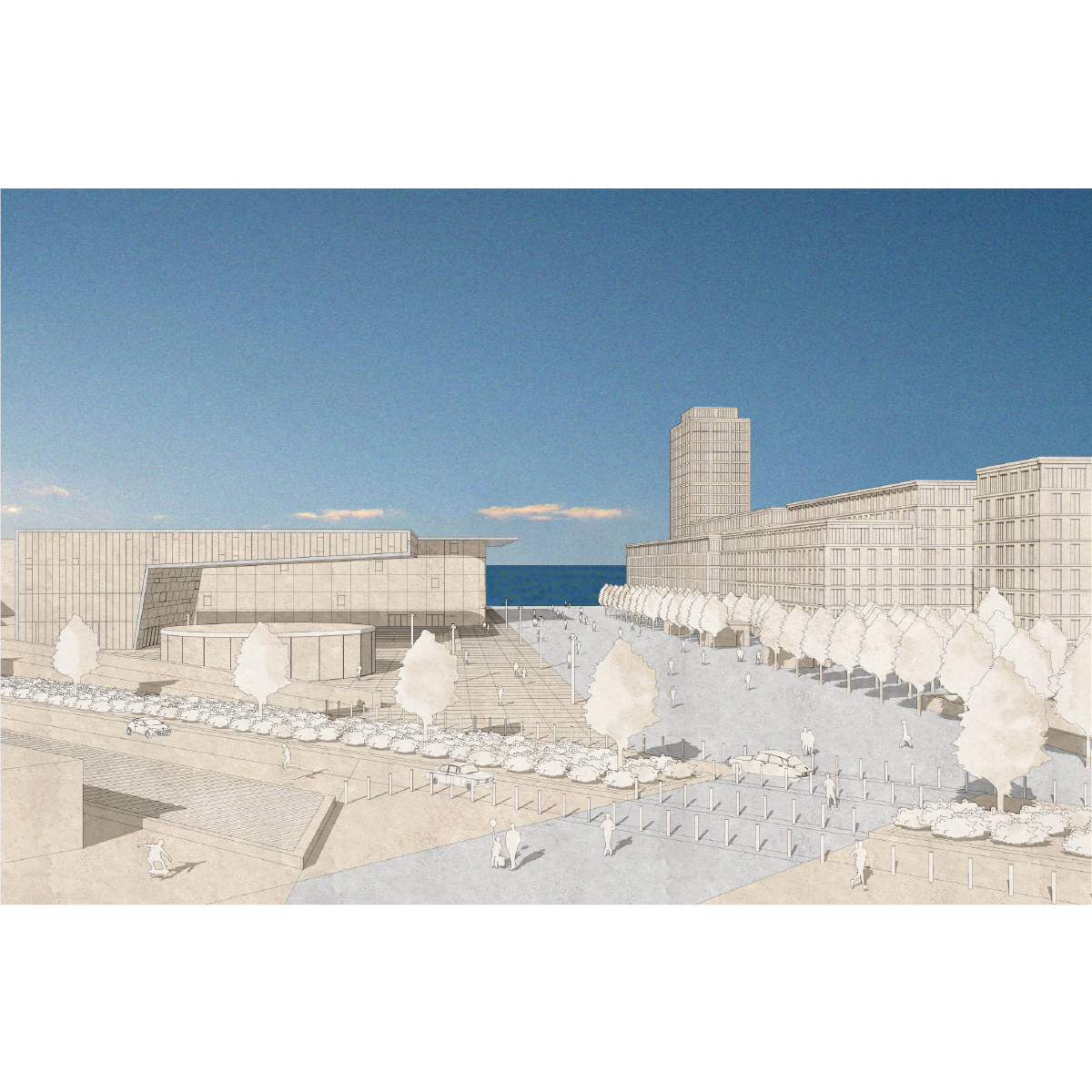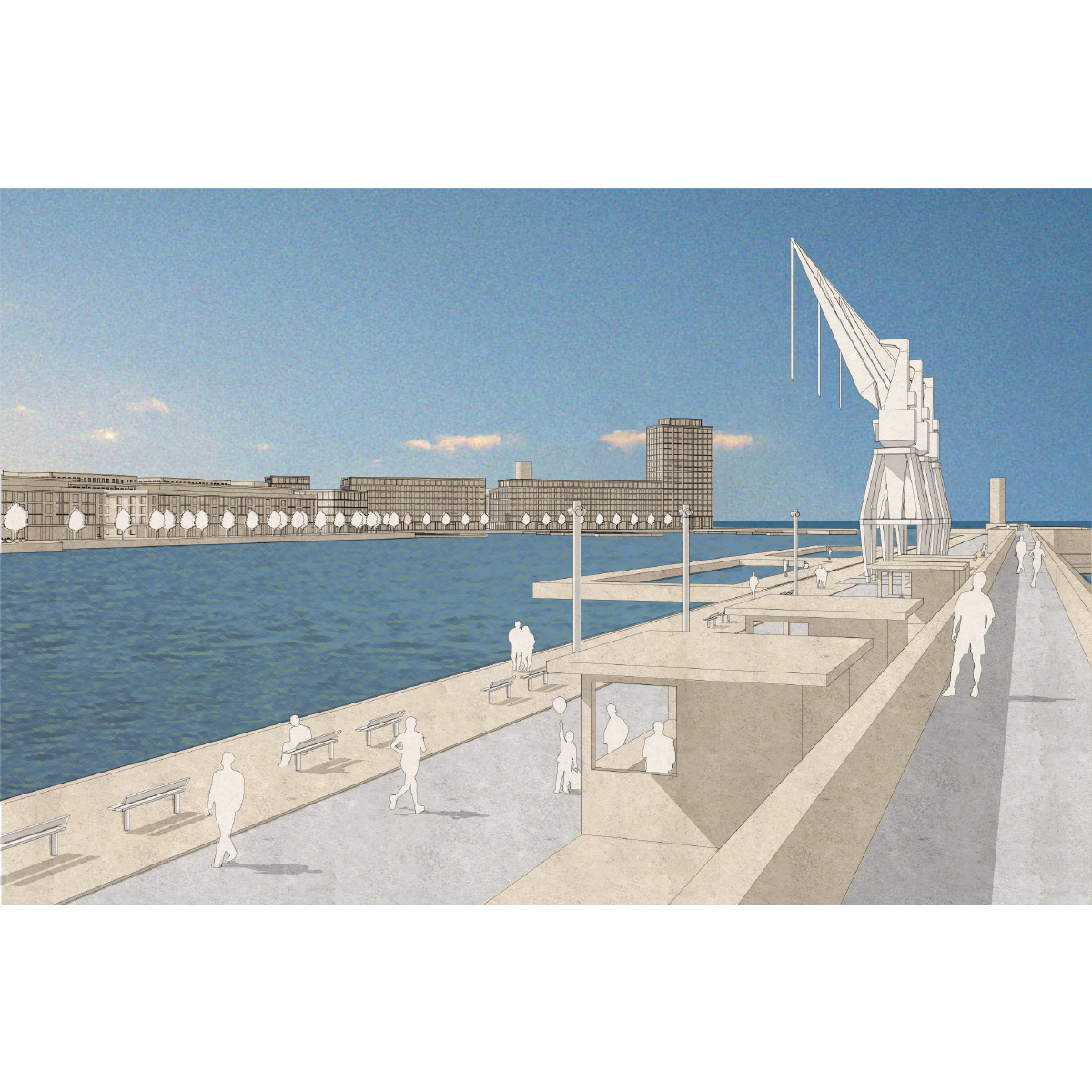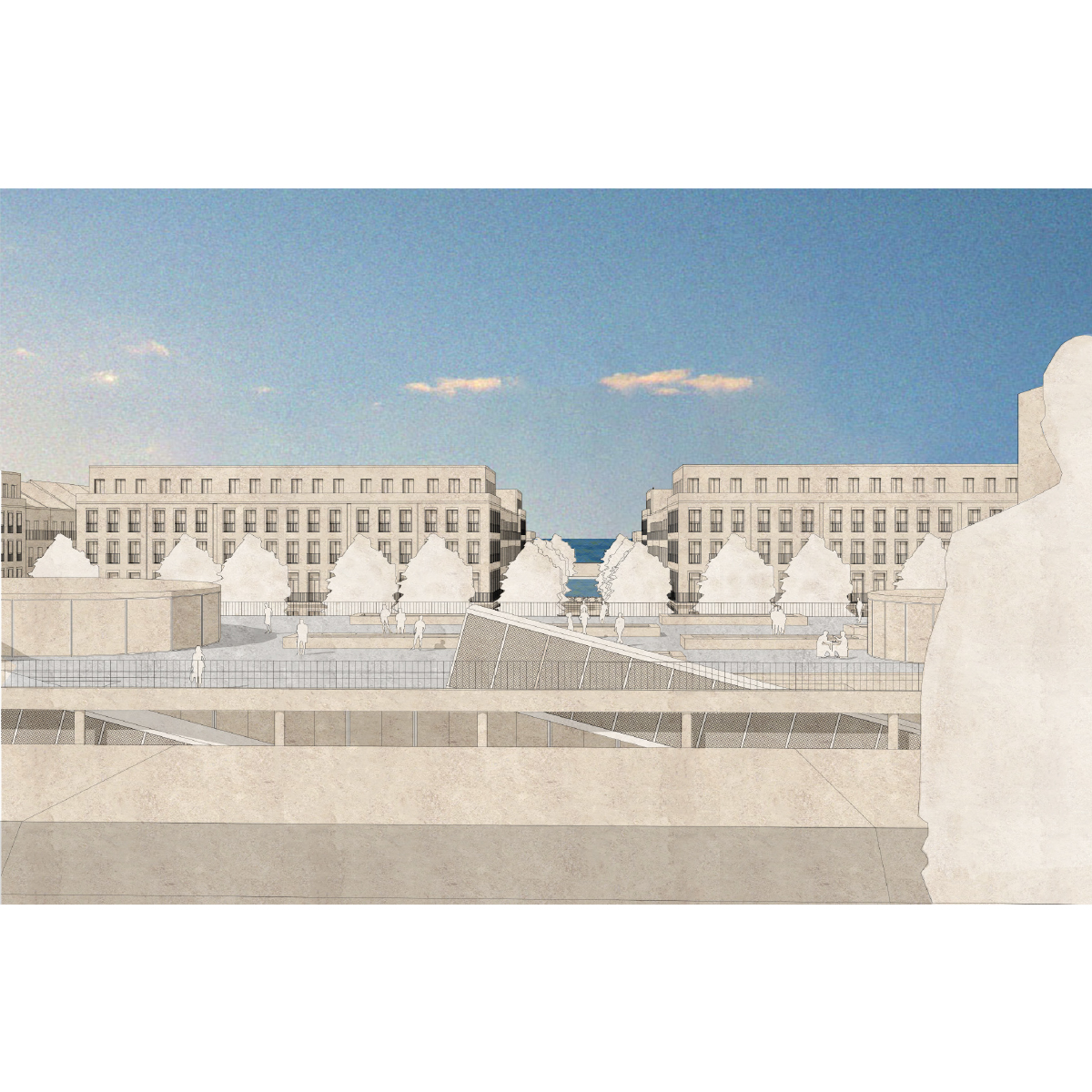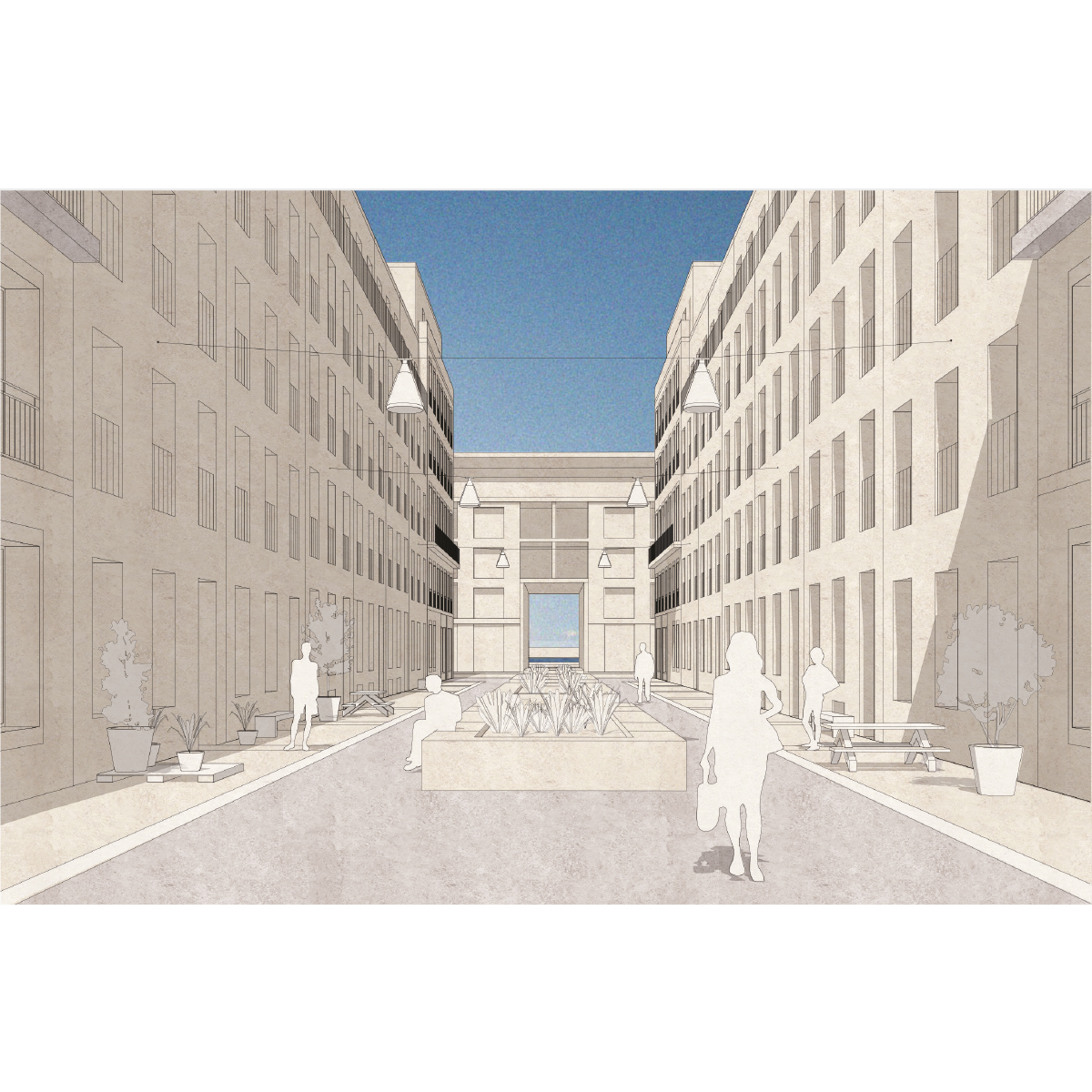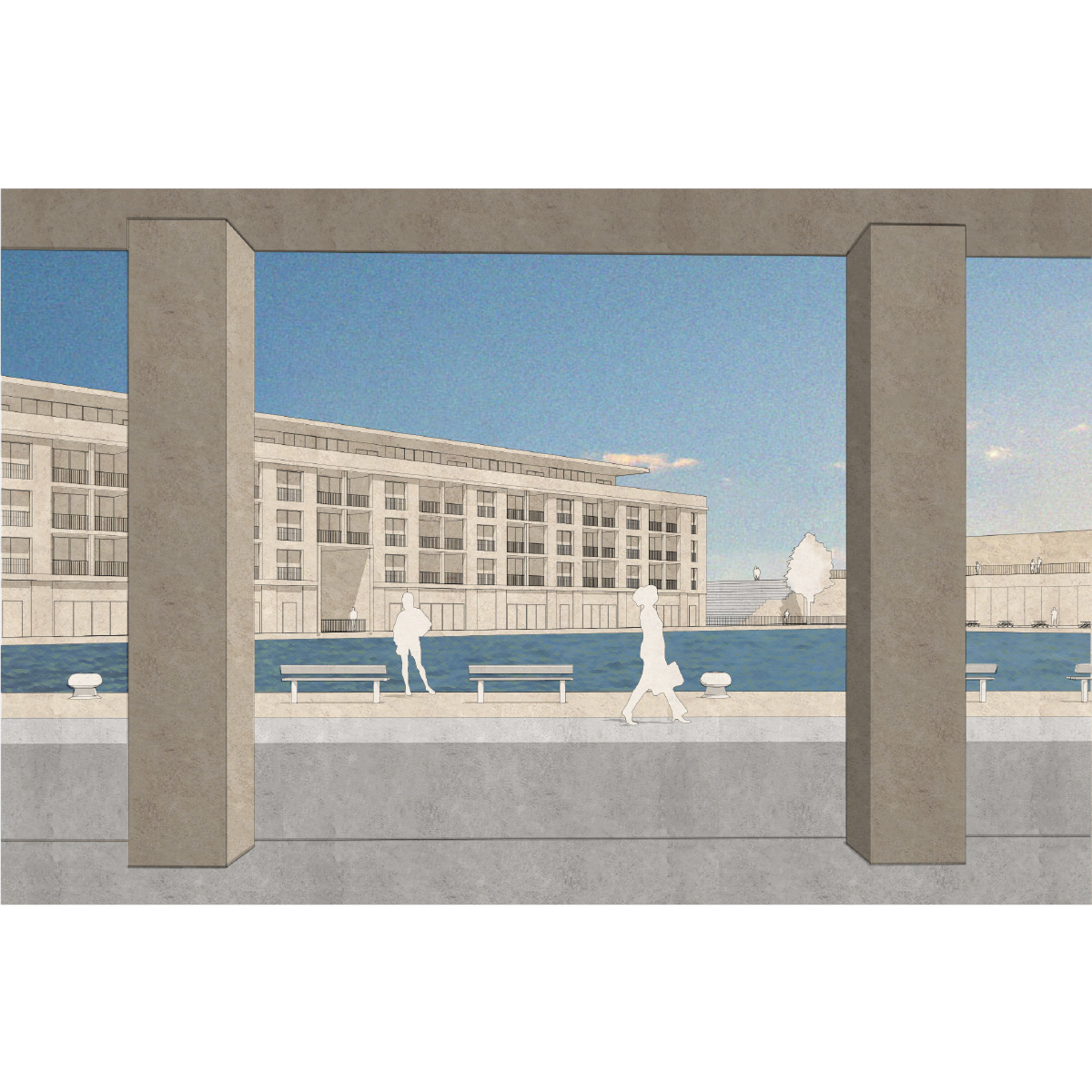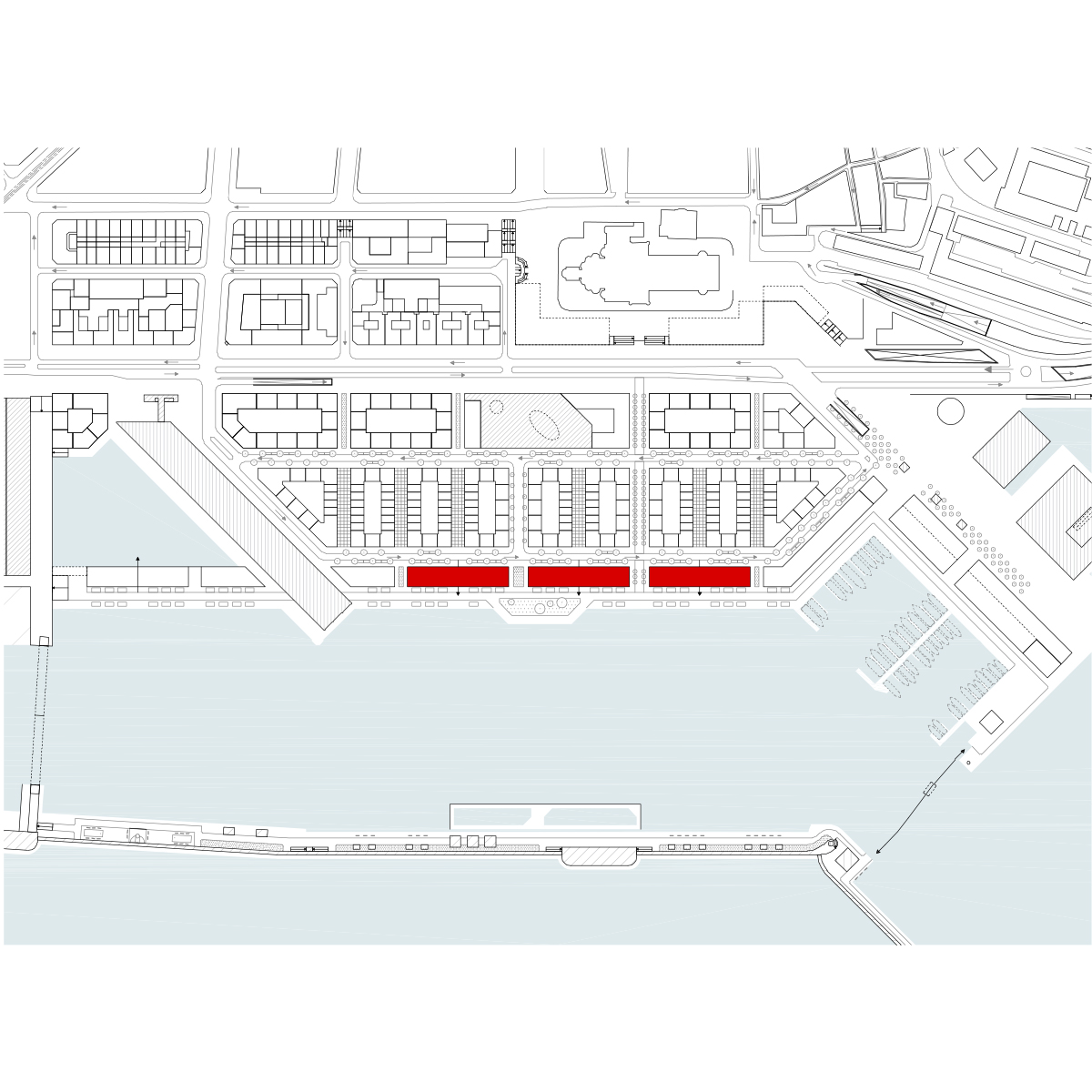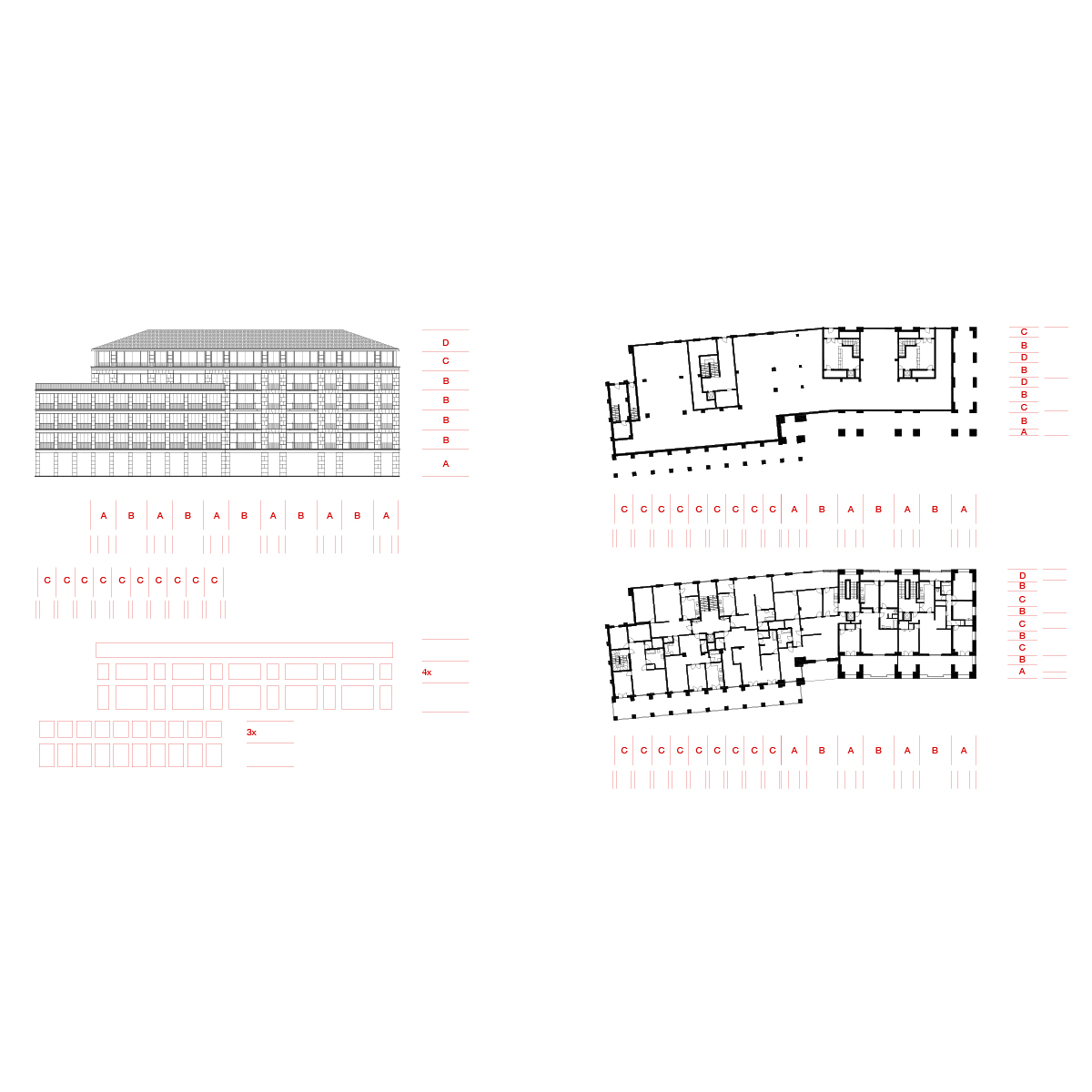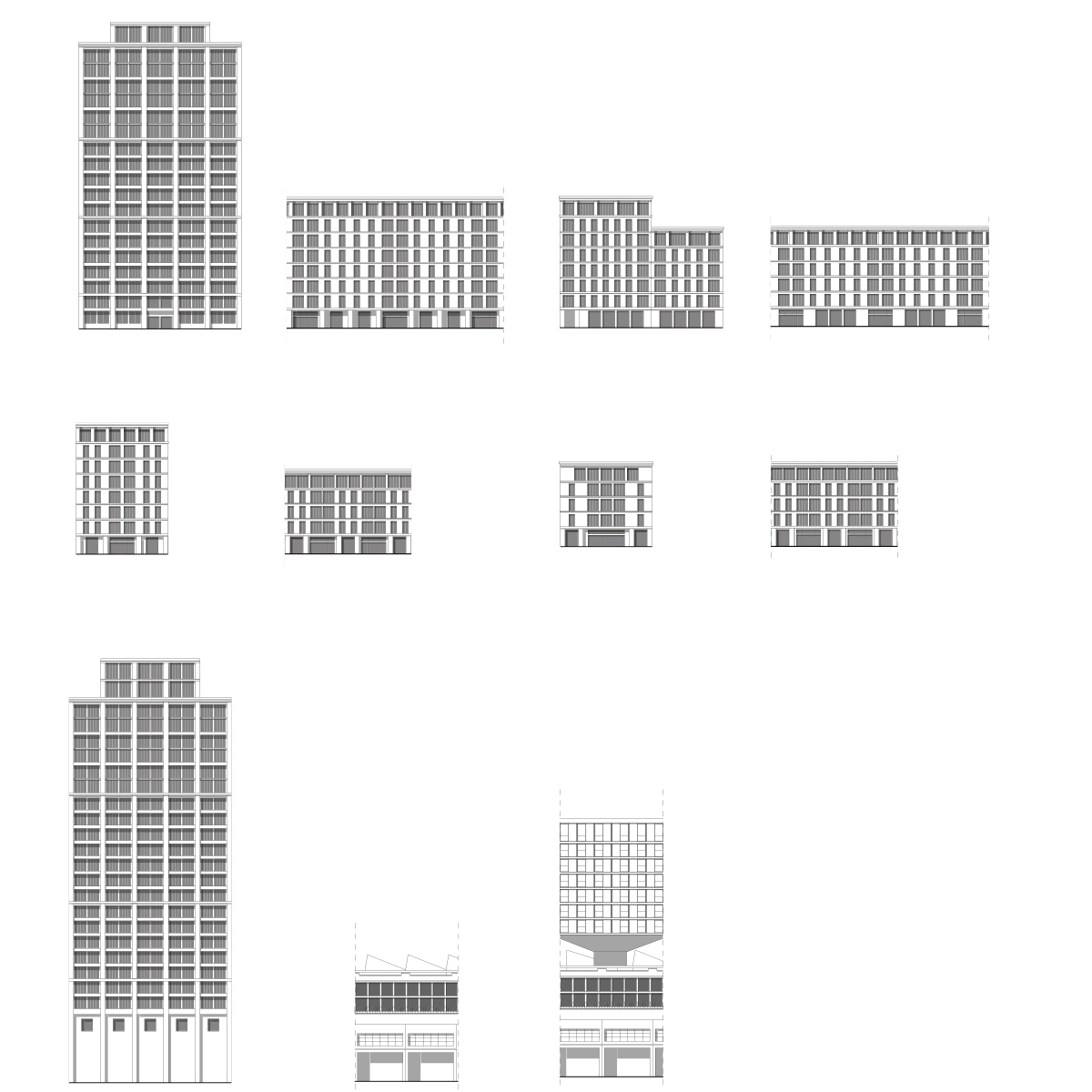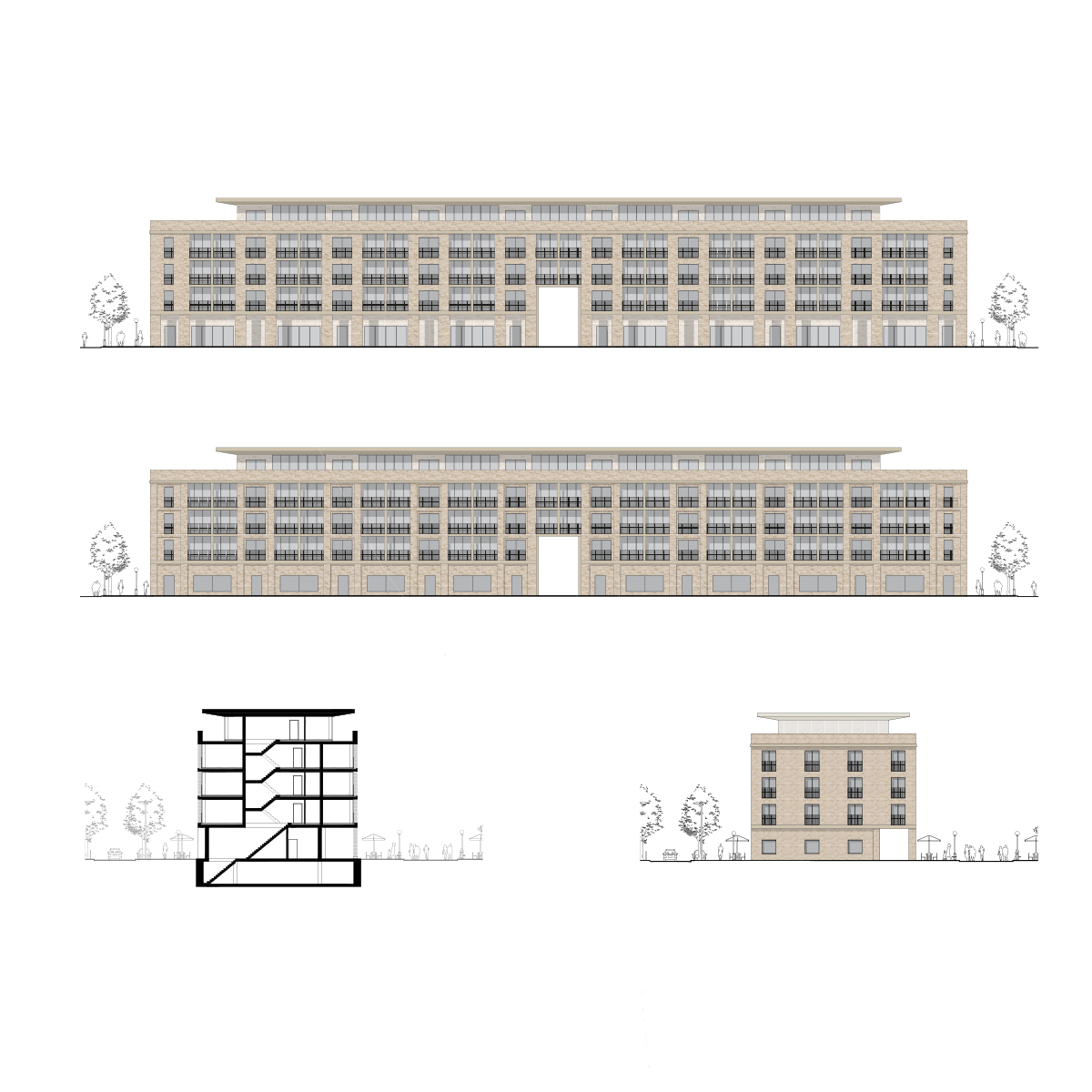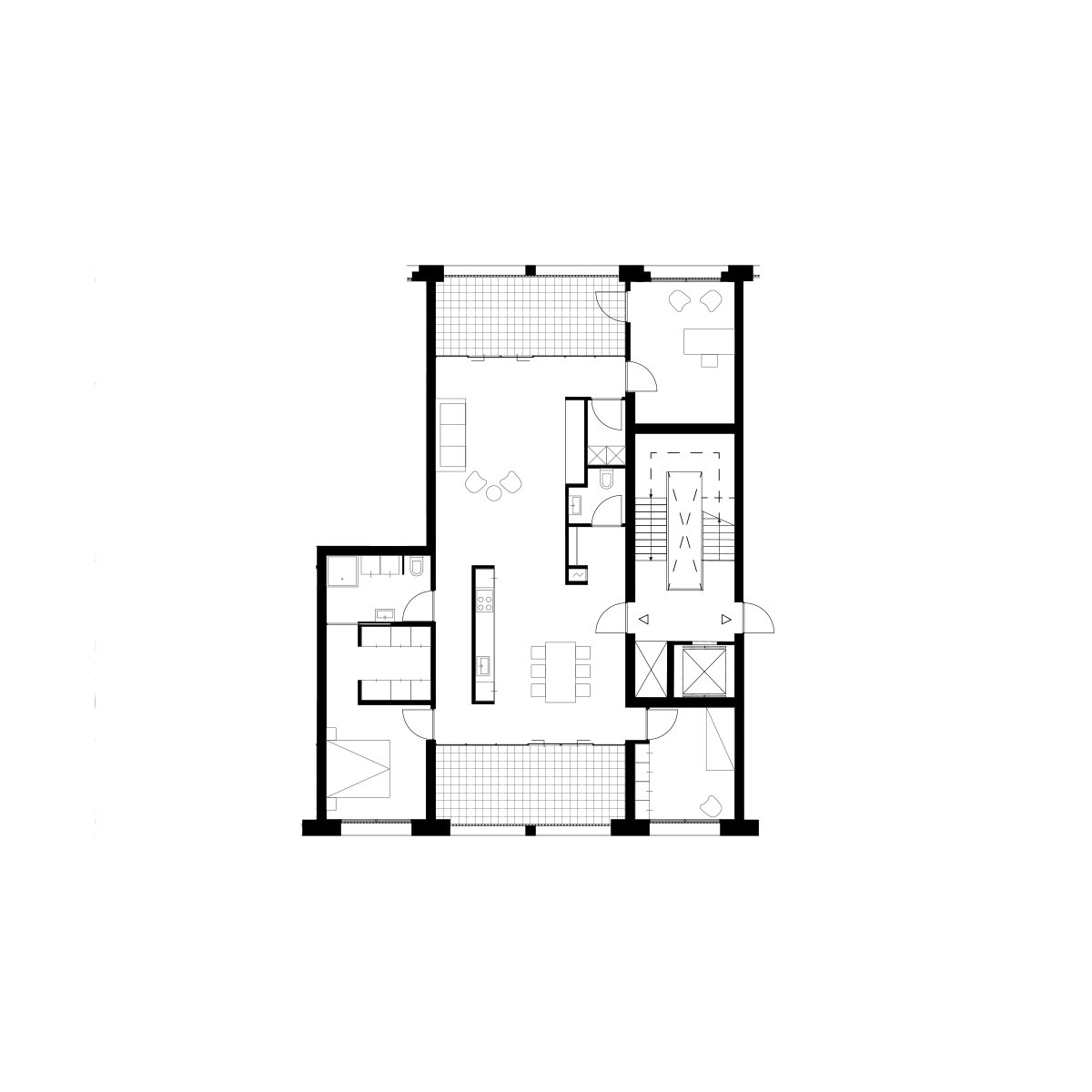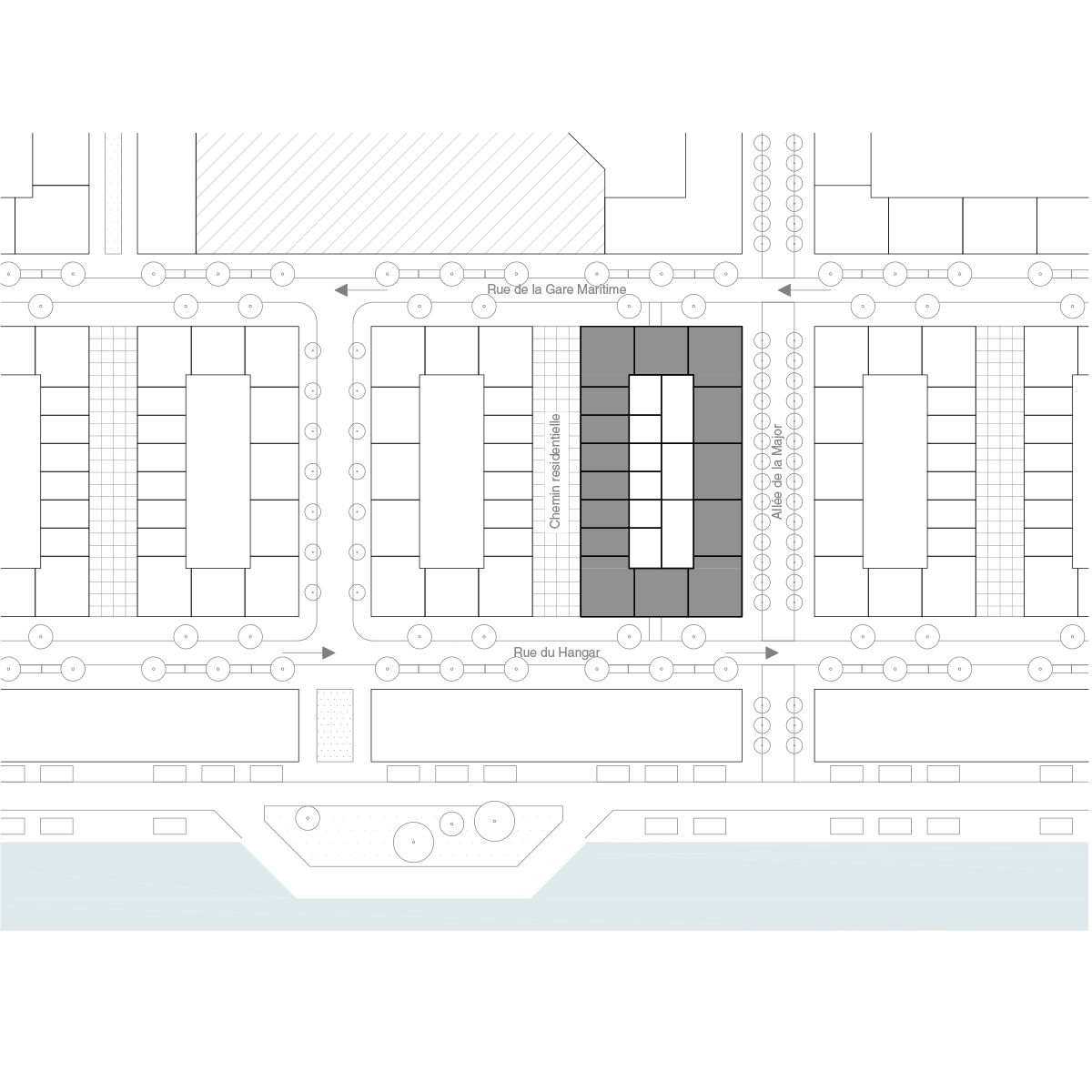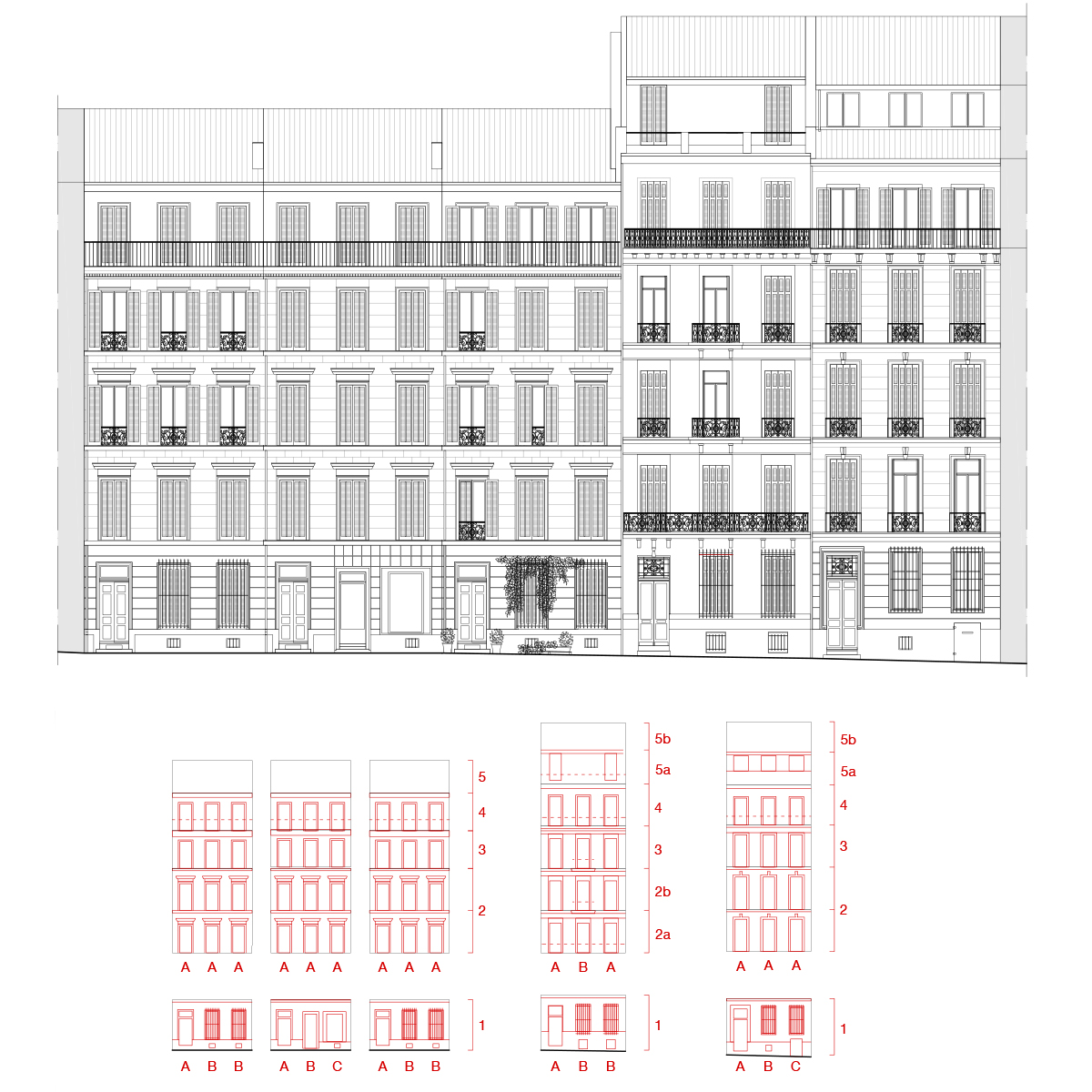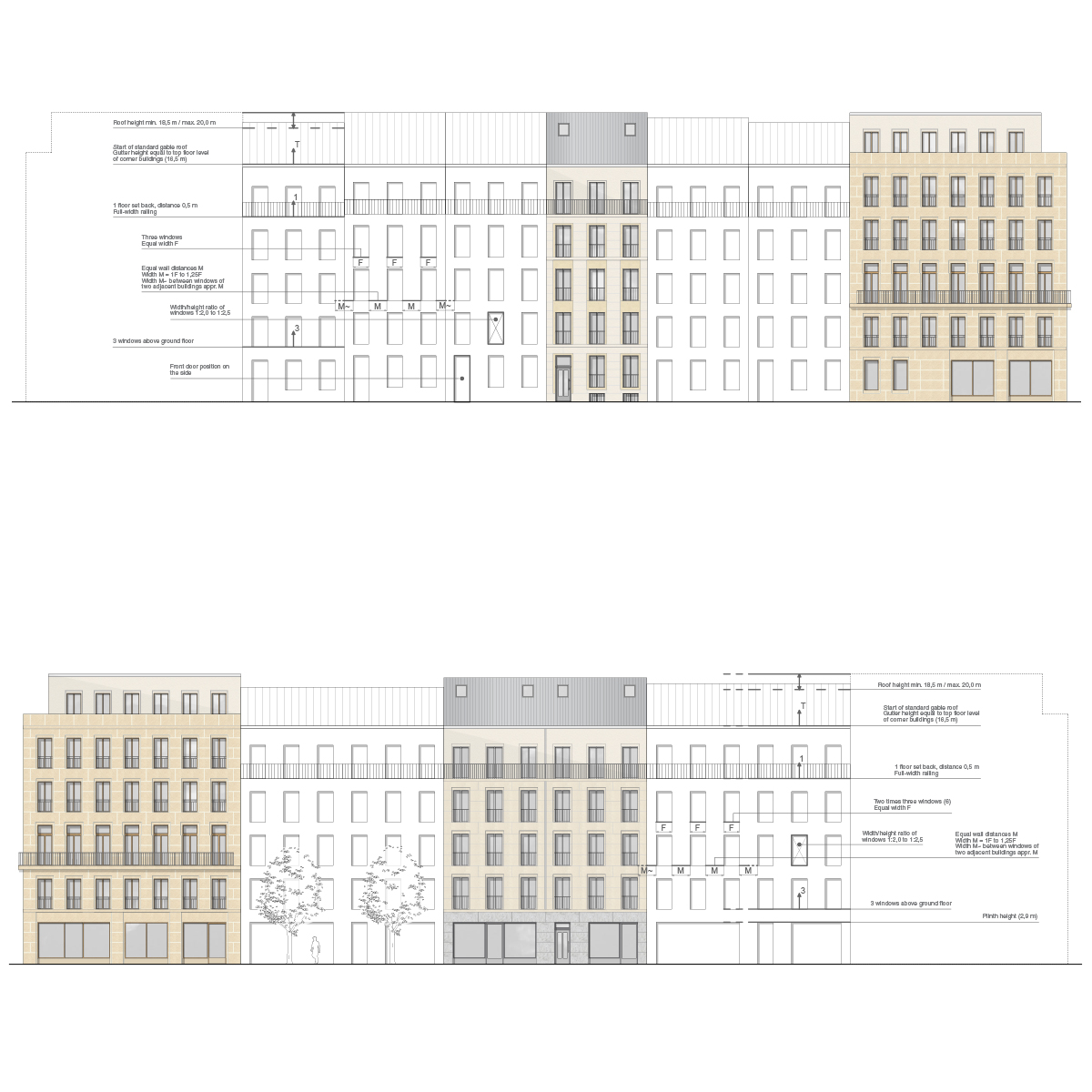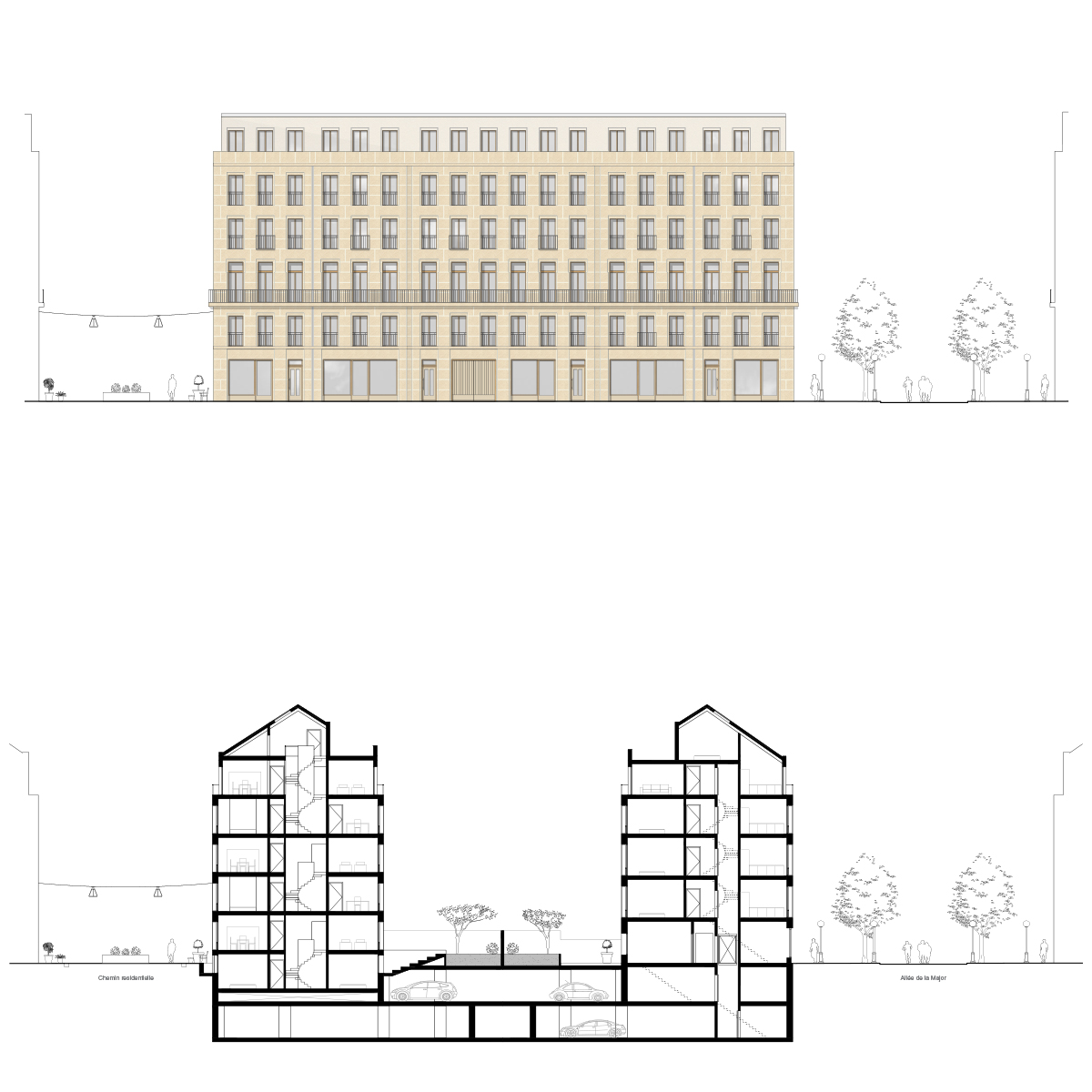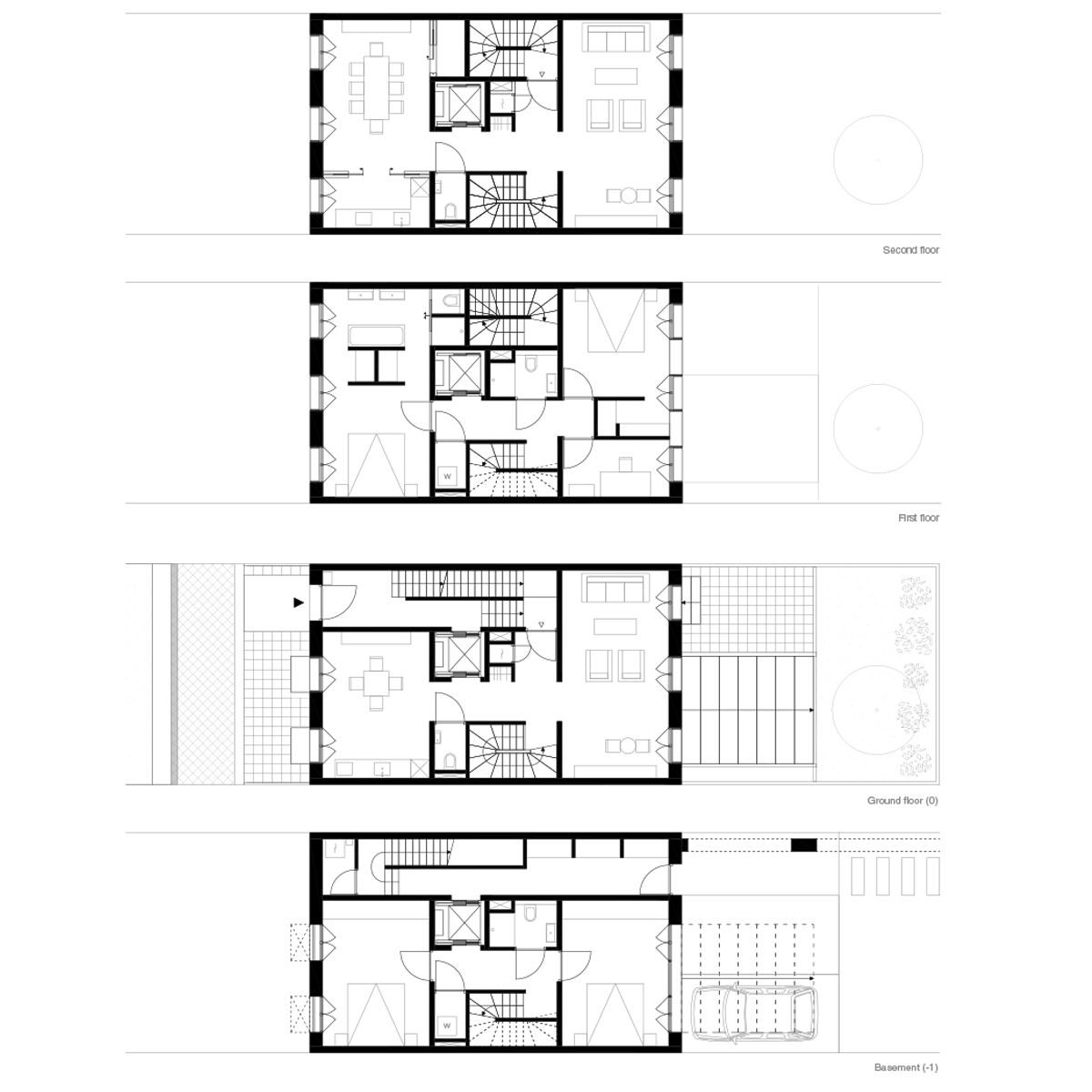firenze, a room with a view
napoli, viaggio in italia II
napoli, viaggio in italia I
marseille, patchwork city
atlas
morphological series
fragment analysis
individual buildings
graduation projects
rob abeling & stan de bie
madrid, topography of power
milano centrale
antwerpen, de getekende stad
la città di roma
gran torino
münchen rekonstruiert
potsdam unraveled
berlin als modell
de rede van amsterdam
amsterdam langsdoorsnede
amsterdam dwarsdoorsnede
Marseille Harborfront
The city of Marseille is one of the most important port cities at the Mediterranean Sea. Similar to other port cities, Marseille’s relation between city and port has changed drastically over time. The increasingly industrial and infrastructural character has made the port to become completely disconnected from the city and has disrupted the relation between city and sea.
This thesis argues that the state-of-the-art approach to waterfront transformations (as for example seen in Barcelona) is paradoxical and leads to generic waterfronts that lack spatial quality. Therefore, an alternative approach is chosen, leading to a masterplan to transform Marseille’s Nouveau Port into an urban waterfront. The masterplan provides an example of an alternative approach to waterfront transformations that engages a qualitative relation with a key value of the city: the Mediterranean Sea.
